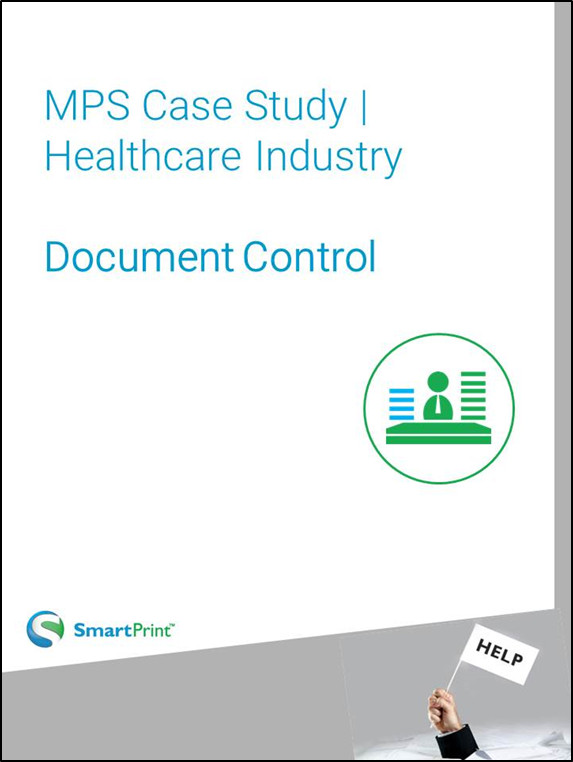A Document Control System has all the Benefits of a Document Management System and More…
Document control is more robust than document management. The difference between the two is that document management involves the storage, access, search and retrieval of electronic documents. Whereas, document control adds the extra layer of document security and control, as well as tight integration of the hard-copy and digital document flow in your organization. This is particularly important for businesses in regulated industries (legal, healthcare, financial services, insurance, etc.) which require a certain level of tracking and security of documentation.
Benefits of a Document Control System
Organizations that implement a document control system experience many benefits that increase security, access, and efficiency:
- Conversion of paper-based documents to electronic versions which means reduced hard costs and administrative costs: less paper, printing and hard copy filing
- Reduced lost or missing documents
- Central, electronic repository of documents including security and hierarchical protocols
- Search and retrieval functionality
- Web-based access to documents
- Improved document collaboration and version control
- Audit trail
- Security and control to meet regulatory compliance
- Reporting tools for document analysis
Document Control Cost Savings
While the implementation of a document control and management solution can be costly to initiate, the savings can be substantial. Studies have shown that the average cost to process an invoice is $15. When some degree of business automation is initiated, the cost is reduced to $6. When a complete document management solution is implemented, the cost is reduced to $3.
Document Control Process
Implementing a document control system is complex, but can be made simple with the right document management partner. Basically, we review your current paper processes and digitize them. This involves:
- Document capture – Scanning of paper documents or accessing an electronically created document.
- Electronic document storage – Filing of the captured document in an electronic filing cabinet with searchable headers or keywords to help employees find and retrieve the document.
- Document process management – Implementing established document management best practices to create process rules to ensure proper routing of the document for review and approval.
- Electronic records management and control – Applying document security protocols for accessibility and automated document storage and destruction policies.
SmartPrint works with a number of third party document control and document management software solution providers so we can help to assess and implement a solution that’s right for your business.
Before considering implementing a solution, you’ll need to consider the capabilities of your organization to develop, implement and maintain such a system.
Download the Document Control MPS Case Study to learn how optimizing document control resulted in a 45% reduction in print hardware and a 20% reduction in printing.

